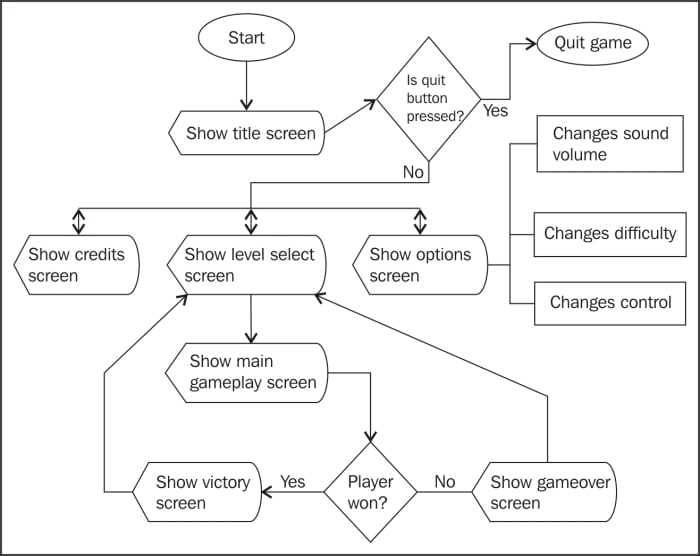Before I guide you through game-development topics in this book, I must first teach you about game design. For those starting out with developing games, this is usually the stage where they say something like "I want to make a game like Flappy Bird, Angry Birds, or Candy Crush", which might not be entirely wrong here, but this doesn't make it exactly right either. This way of thinking doesn't define the kind of gameplay they're aiming for and won't do anything, except reskinning other games that are already published.
In this chapter, you're going to learn:
What makes a game
The elements of game design and drawing your game flow
Game mechanics

































































